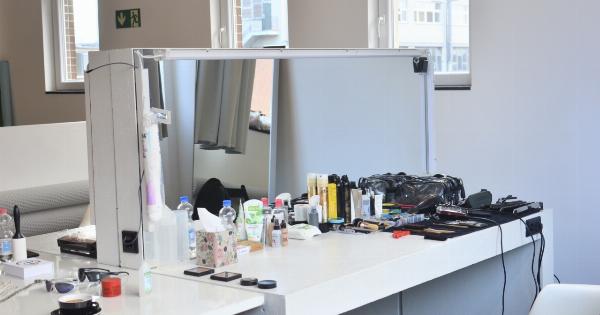Hair has always been a symbol of strength, beauty, and youth. However, as men and women grow older, it is not uncommon for them to experience hair loss.
In fact, approximately 80% of men and 50% of women will experience some degree of hair loss during their lifetime. The good news is that recent advancements in technology are making it possible to regenerate hair follicles, giving hope to those who dream of restoring their natural hairline.
Understanding Hair Growth
Before delving into the science of hair regeneration, it’s important to understand how hair grows. Hair grows in three stages – anagen, catagen, and telogen – and each stage lasts for different periods of time.
The anagen phase is the growth phase, lasting anywhere from two to seven years. During this phase, hair follicles actively produce hair. The catagen phase, which lasts for about two weeks, is a transitional stage in which hair growth stops.
Finally, the telogen phase is the resting phase, lasting for several months before the hair naturally falls out and is replaced by a new hair in the anagen phase.
Causes of Hair Loss
There can be several causes of hair loss, including genetics, age, hormonal changes, medication, and trauma. In most cases, hair loss is a result of a hormone known as dihydrotestosterone (DHT).
DHT is a derivative of testosterone that binds to androgen receptors in hair follicles, causing them to shrink and become dormant. Over time, the follicles fail to produce hair, resulting in baldness.
Methods of Hair Regeneration
There are currently two main methods of hair regeneration – hair transplantation and hair cloning.
Hair Transplantation
Hair transplantation involves removing hair follicles from a donor site, usually at the back of the scalp, and transplanting them to the balding area.
The procedure is usually performed under local anesthesia and may require several sessions depending on the extent of baldness. Hair follicles are transplanted one by one, ensuring the hair grows naturally and looks just like the patient’s original hairline.
Hair Cloning
Hair cloning, also known as hair multiplication, involves replicating hair follicles in a laboratory. This method of hair regeneration is still in experimental stages, and researchers are working to perfect the process.
Hair cloning involves extracting hair follicles from the patient’s scalp and cultivating them in a lab. Once they have multiplied, the new hair follicles are transplanted into the balding areas of the scalp.
The Role of Stem Cells in Hair Regeneration
Stem cells are cells with the ability to divide and differentiate into various cell types. They play a crucial role in the regeneration of hair follicles.
Researchers are currently exploring the use of stem cells to regenerate hair follicles, and they have made significant progress in this area.
One type of stem cell under investigation is the mesenchymal stem cell (MSC). MSCs are responsible for tissue regeneration, and researchers believe they may hold the key to hair regeneration.
Studies have shown that MSCs can stimulate hair follicles to produce new hair.
Another type of stem cell under investigation is the dermal papilla cell (DPC). DPCs are found at the base of hair follicles and play an essential role in hair follicle development.
Researchers have been able to extract DPCs from scalp tissue and grow them in culture. These cultured DPCs have the ability to induce hair growth, even in areas of the scalp that have been bald for many years.
The Future of Hair Regeneration
The future of hair regeneration is looking bright. With the advancement of technology and ongoing research, it’s only a matter of time before scientists find a way to regenerate hair follicles effectively.
Hair regeneration has the potential to transform the lives of millions of people, giving them the opportunity to regain their confidence and self-esteem.
Conclusion
Hair regeneration is a rapidly evolving field with exciting possibilities for those experiencing hair loss.
Research is ongoing, and many scientists are working tirelessly to develop new methods of hair regeneration that are safe, effective, and accessible. Whether it be hair transplantation, hair cloning, or stem cell therapy, there is hope for those looking to regrow their hair and regain their confidence.


























